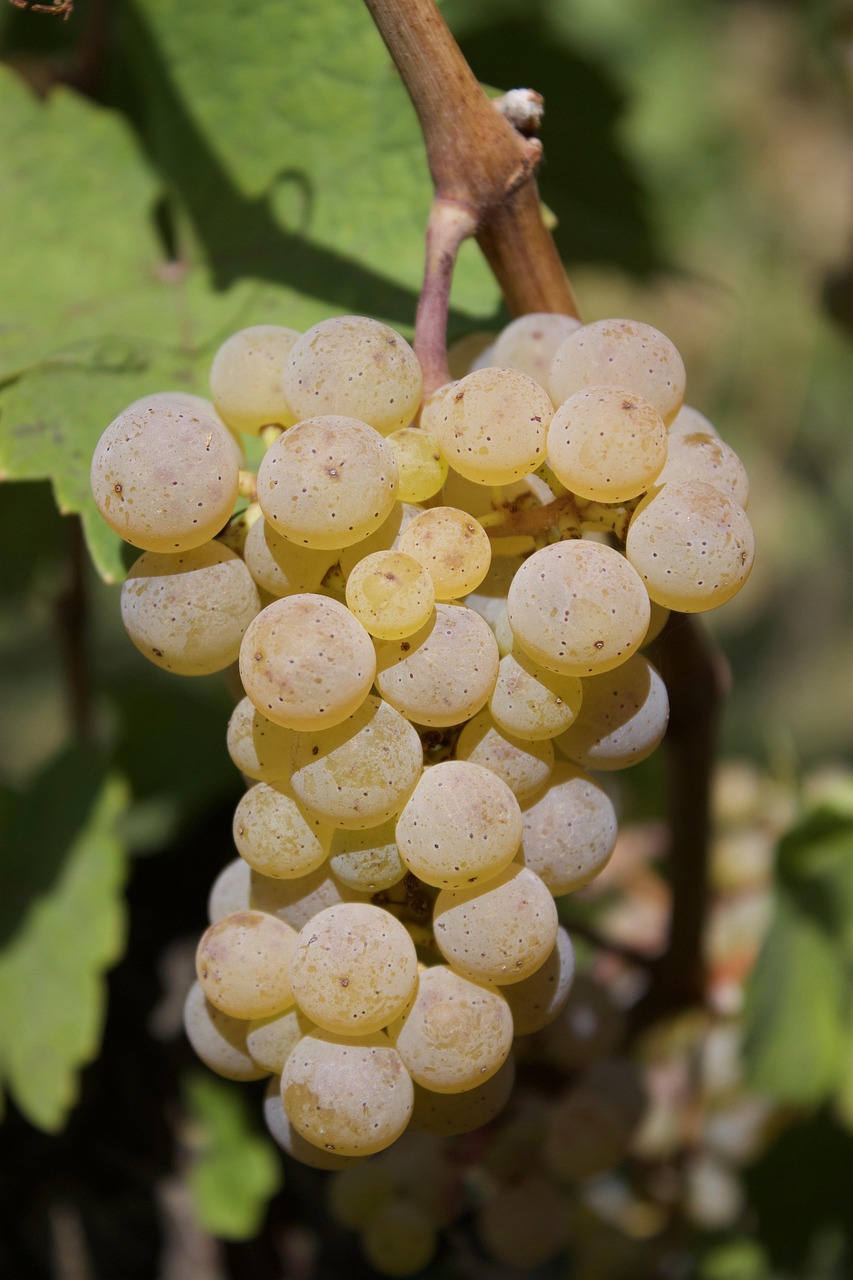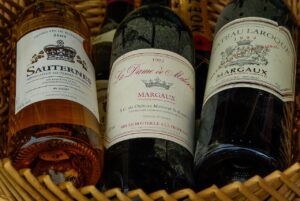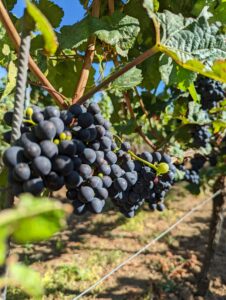The Riesling grape is one of the most versatile and expressive white wine varieties in the world. Loved by sommeliers and wine lovers alike, Riesling offers everything from bone-dry minerality to lusciously sweet dessert wines—all while maintaining vibrant acidity and aromatic intensity.
In this blog, we’ll explore where Riesling grows best, the winemaking techniques that define it, and why it’s a must-know grape for any wine enthusiast, WSET student or any other wine student.
Where the Riesling Grape Thrives
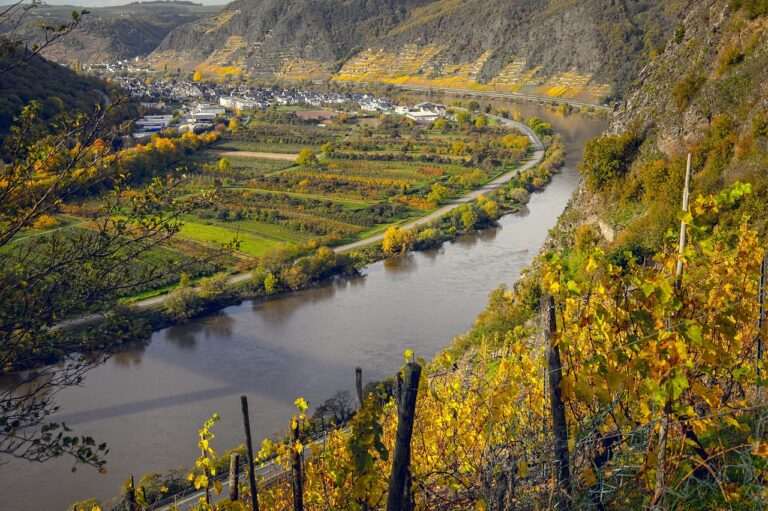
🇩🇪 Germany – The Heart of Riesling
Germany is the spiritual home of the Riesling grape. The country’s cool climate and steep vineyard slopes along rivers like the Mosel, Rheingau, and Pfalz are ideal for producing high-acid, aromatic Rieslings.
Mosel Rieslings are light-bodied with green fruit, citrus, and slatey minerality.
Rheingau Rieslings tend to be fuller and more powerful, often dry.
Prädikatswein classifications like Kabinett, Spätlese, and Auslese indicate increasing levels of ripeness and sweetness.
🇫🇷 Alsace, France
In Alsace, Riesling is often dry, structured, and intensely aromatic. The region’s protected microclimate and diverse soils give rise to age-worthy wines with notes of lime, petrol, and stone fruit.
🇦🇺 Australia – Eden and Clare Valleys
Australia’s Clare Valley and Eden Valley produce dry Rieslings known for piercing acidity, lime zest, and long aging potential. These are some of the world’s finest dry Rieslings outside Europe.
🌍 Other Notable Regions
Austria: Offers dry Rieslings with spice and stone fruit.
USA (Washington & Finger Lakes): Balanced styles with ripe fruit and acidity.
New Zealand: Fresh and fruity with a mix of dry and off-dry styles.
Winemaking Techniques for Riesling
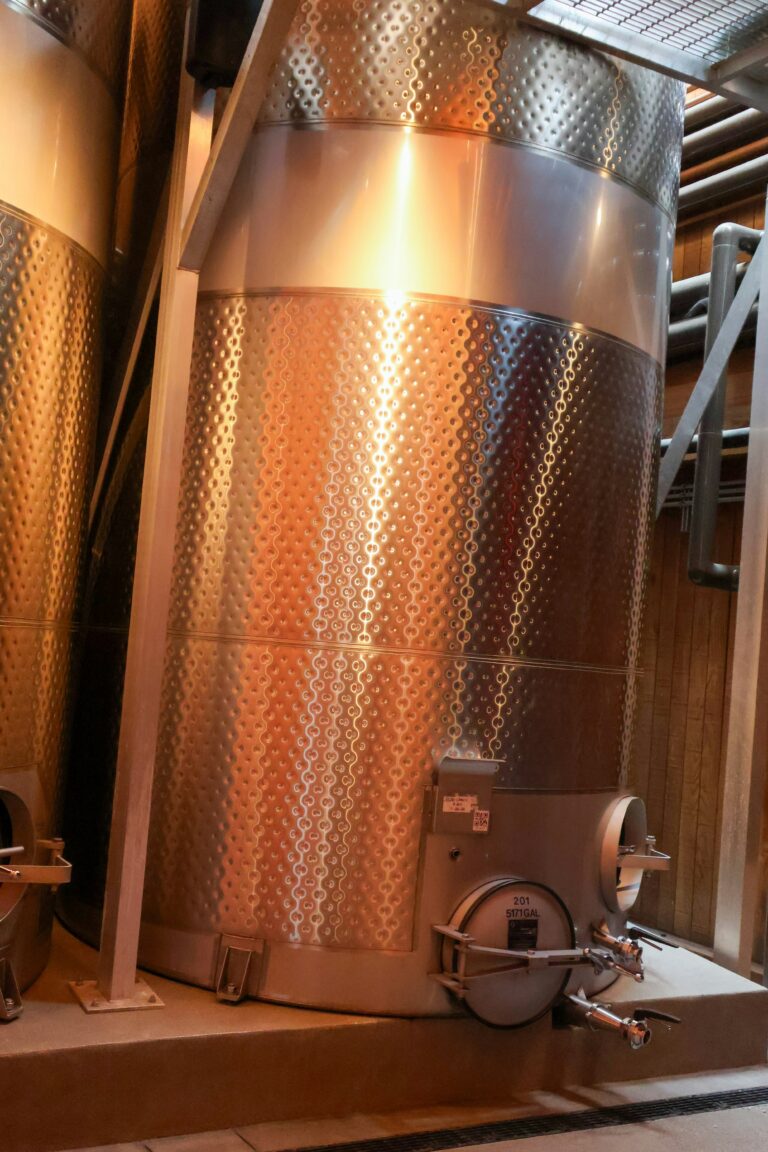
Riesling is typically unoaked to preserve its natural aromatics and acidity. Here are the most common methods:
Cool fermentation in stainless steel: Maintains delicate floral and fruity aromas.
Aromatic yeast strains: Enhance notes of green apple, citrus, and white flowers.
Residual sugar levels: Carefully managed by stopping fermentation early or blending to create off-dry or sweet styles.
Bottle aging: High-quality Rieslings can develop petrol-like notes and complex tertiary aromas over time.
Unlike many other white grapes, Riesling is often not blended and rarely sees oak, letting its terroir and purity shine through.
Riesling Styles and Sweetness Levels
Riesling can be:
Dry: Crisp and refreshing, often labeled Trocken in Germany.
Off-Dry: A balance of sweetness and acidity, perfect for spicy food.
Sweet: Made from late-harvest grapes or noble rot (Botrytis cinerea), such as Beerenauslese and Trockenbeerenauslese.
Sparkling: Known as Sekt in Germany, offering vibrant bubbles and freshness.
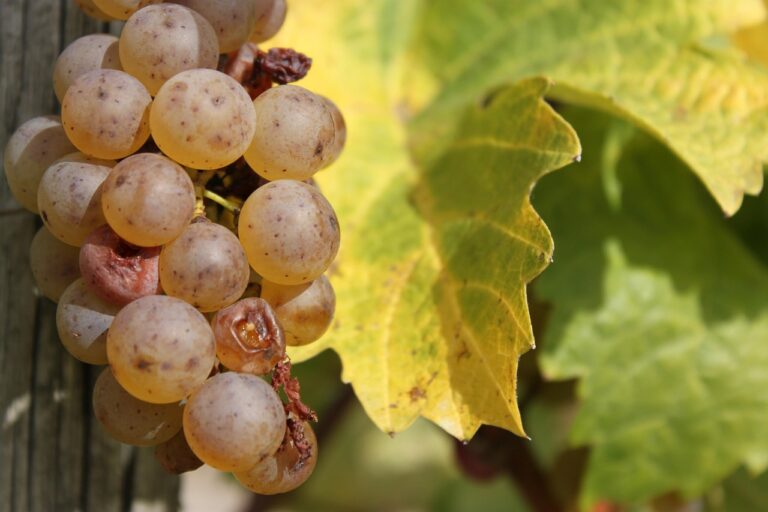
The Riesling grape is a true chameleon. Whether you prefer your wines dry and mineral or sweet and rich, Riesling has a style for every palate. Its incredible aging potential, terroir expression, and food-friendly acidity make it a favorite among wine professionals and collectors alike.
Ready to explore Riesling? Start with a German Kabinett, then compare it to a dry Clare Valley Riesling—you’ll be amazed by the contrast.

